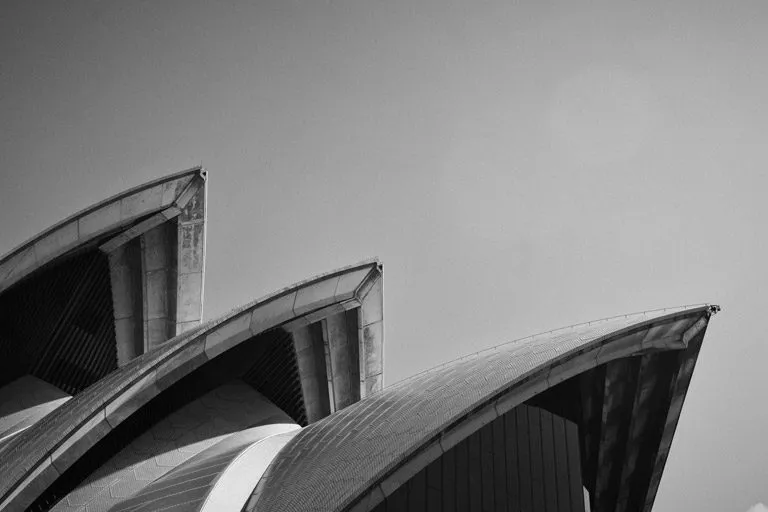Today it’s one of the most popular tourist destinations in the world, but the history of Sydney Harbour stretches back long before passports and selfie sticks. Here, we take a trip from past to present, exploring Sydney Harbour through the ages.
First people of Sydney Harbour
Sydney Harbour, or Port Jackson as it’s formally known, finished its transformation into the foreshore we see today when the surrounding waters stopped rising some 6,000 years ago. By that time, what had previously been a river valley was a complex harbour of coves, headlands and points, with three estuarine arms to the north, north-west and west.
Prior to the arrival of the British in the 1700s, Sydney Harbour and the surrounding area was home to an estimated 4,000 to 8,000 native people from as many as 29 different clans. The first inhabitants of the area knew it well, gathering food from the waterway and using the harbour as transport up the Parramatta River.
Campsites were located along the shore, particularly during the warmer months when fish and shellfish were a major component of the local diet. The native people also sourced local bark for canoes and fishing line, shell for hooks, plant resin for adhesive, and grass or fibrous leaf for baskets.
Today, engravings created by native inhabitants can still be spotted on rock platforms in the area. One site at Balls Head Reserve on the north side of the Harbour has a prominent engraving of a marine creature.
European settlement
When Aboriginal and European people first came into contact with the arrival of the First Fleet in 1788, Governor Arthur Phillip estimated there were about 1,500 Aboriginal people inhabiting Sydney Cove and the wider areas of Botany Bay, Port Jackson and Broken Bay.
Within just a few decades, Europeans and Aboriginal inhabitants shared the Harbour, and by the 1840s, approximately 35,000 people lived in the area. The Rocks had been established as the commercial hub of the city for European settlers, with boatbuilders designing and constructing seagoing vessels in the area not long after the colony’s foundation.
As a busy working port, Sydney Harbour was relied on to support the arrival and departure of people and goods, and maritime construction warehouses were set up in the coves of the west and the sparsely settled north shore.
One notable site established in the early 1800s is Campbell’s Cove in The Rocks, a complex of wharves and stores constructed by Robert Campbell, a pioneering and leading merchant in Sydney, a landowner, pastoralist, philanthropist and politician. Today, 6 Head sits amongst this historic landmark in a pristinely preserved 1839 heritage building crafted from sandstone and hand-sawed timbers.
Modern Sydney
Today, Sydney Harbour is home to some of the world’s most instantly recognisable landmarks, cutting-edge dining and world-class entertainment offerings. An impressive modern skyline of concrete and steel skyscrapers is juxtaposed with the low-rise sandstone buildings of early Sydney, making it a city like no other.
Alongside architectural icons like the Sydney Opera House and Harbour Bridge, more recent developments like the opening of Barangaroo and the upgrade of Campbell’s Stores make Sydney Harbour a destination of choice for virtually every type of visitor. Each year, some 10.67 million domestic visitors and 4.05 million international visitors flock to the city to see it for themselves, and it’s safe to say they’re not disappointed. After all, Sydney Harbour is truly one of a kind.
Soak in interrupted views of Sydney Harbour with the ultimate dining experience at 6 Head. Book your table online.


